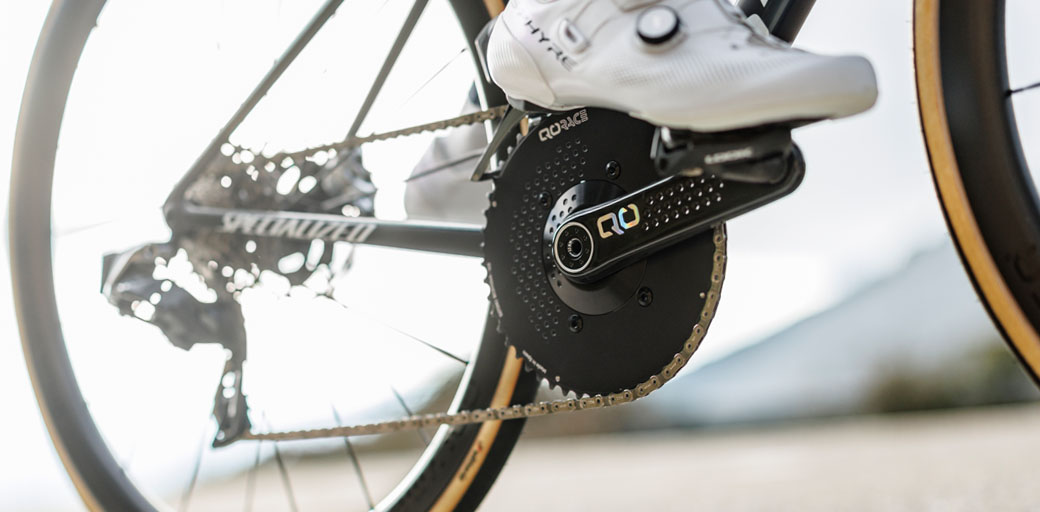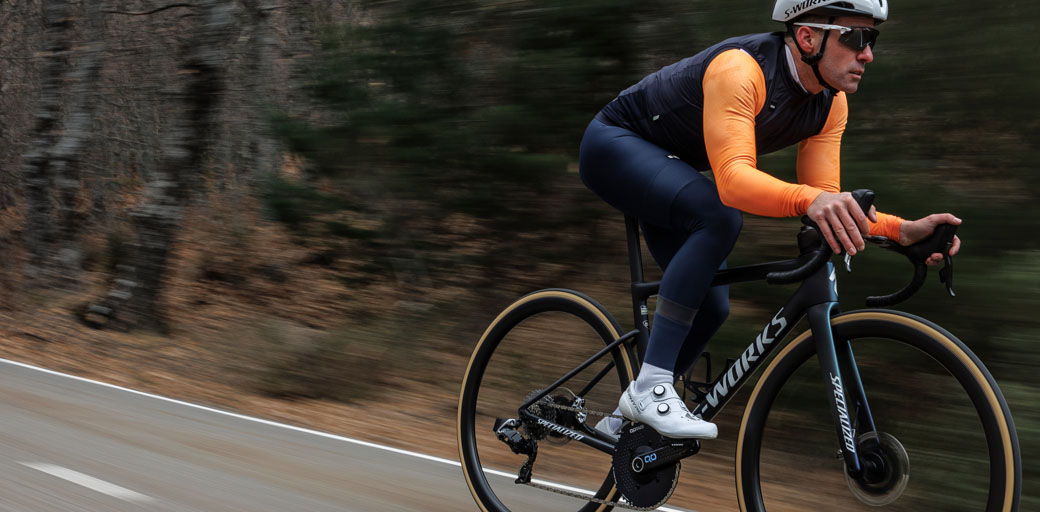Discover the key differences between T800 and T1000 carbon fiber for cycling. Learn how fiber grade impacts stiffness, strength, and crankset performance.
Carbon fiber isn’t all the same—and cyclists who demand the best should know the differences between T800 and T1000 carbon fiber. Both are considered high-modulus materials, but their applications and behavior vary in critical ways.

T800 carbon offers excellent stiffness and fatigue resistance while maintaining moderate flexibility, making it ideal for crank arms and bike frames that balance responsiveness and comfort. T1000 carbon, on the other hand, pushes stiffness and tensile strength to the limit. It’s often used in aerospace and elite cycling components where every gram and watt matter.
In high-performance cranksets like those from QO and ROTOR, the fiber grade determines more than just weight—it influences power transfer, durability, and vibration control. QO leverages T800 in its QO-RACE crankset for an optimal blend of strength and elasticity, while ROTOR has experimented with both T800 and T1000 for specific applications requiring maximum torsional rigidity.

For cyclists, the takeaway is clear: T1000 is stiffer and stronger, but often more brittle and expensive; T800 is more forgiving and versatile. The best cranksets use strategic layups of both to optimize performance where it counts.
Readers also searched for: carbon crankset insights
